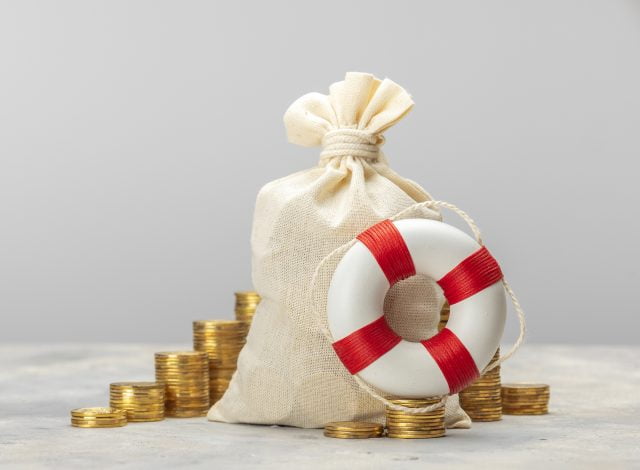
Credit Cards Linked to 401(k)s May Be Best Way to Provide Emergency Savings
Alicia H. Munnell is a columnist for MarketWatch and senior advisor of the Center for Retirement Research at Boston College.
It would offer easy access to emergency funds and encourage retirement saving.
For 20 years, I have liked the idea of attaching a credit card to 401(k) accounts so that account holders would have an easy source for emergency saving. My colleagues mocked me mercilessly. Now that they have moved the need for emergency saving to the top of the retirement policy agenda, some – not all – admit – at least privately – that a 401(k) credit card may not be such a bad idea after all.
The 401(k) credit card was originally proposed in the 1990s by the late Franco Modigliani, an MIT economics professor and Nobel Laureate, and Francis Vitagliano, an employee benefits practitioner. Their proposal would allow employees to access a limited amount of their 401(k) money – the lesser of $10,000 or 40 percent of account balances.
These cards would be helpful to employers. Currently the easiest way for employees to access their 401(k) balances is through a loan. But, loans involve a lot of administrative hassle and are expensive for employers. The credit card proposal would be administered by a third party, such as Master Card, Visa, or American Express, so the cost would be dramatically reduced and paid by the credit card user.
The card would also be great for employees. Today, credit card users who don’t pay their full balance each month face average interest charges of 20 percent. Low-income households often turn to “payday” lenders who charge considerably more. With a 401(k) card, the cost would be the prime rate, which the employees pay to themselves, and a modest service fee.
The proposal was criticized by all factions at the time. Critics’ main concern was that such a product would undermine retirement saving. But, capping the loan would limit the exposure, and, under current law, the loans would have to be paid back in a maximum of five years. A secondary concern was that adding another credit card would encourage people to borrow more than they would have otherwise, which given that people are already awash in credit cards seems unlikely.
Compare the simplicity of the credit card with the pension-linked emergency savings accounts (PLESAs) in SECURE 2.0. The legislation gives employers the option to auto-enroll their employees – at a maximum rate of 3 percent of salary – into these Roth accounts. If the employer matches contributions to the already existing account, they must match employee contributions to the PLESA. However, the match goes to the traditional account, not the PLESA. Once the account reaches $2,500, contributions are capped. To use the money, the employee must transfer the money from the PLESA to an account that allows for transactions. Somehow, I don’t think PLESAs are likely to catch on like wild fire!
To be fair, a pilot for the credit card proposal was a commercial failure. The 401(k) credit card was presented to the market in 2012, using a VISA card. The card was accepted and implemented by approximately 20 employers and offered to their 401(k) participants. The employers were small, with 25-150 employees. Less than 20 participants in total (over a period of approximately one year) set up a 401(k) card account, and these accounts saw very little activity. After approximately 18 months, the 401(k) card project was terminated.
But I don’t think that should be the end of the story. If Congress is serious about improving 401(k) plans for the average person, it could make the 401(k) credit card – perhaps, a “My Money” card – a mandatory component of 401(k)s in a SECURE 3.0 bill. And why not make a “My Money” card an integral part of efforts to expand coverage through auto-IRAs? I am convinced that, in the end, such an addition would not only make employees feel more secure but would also increase retirement saving.







